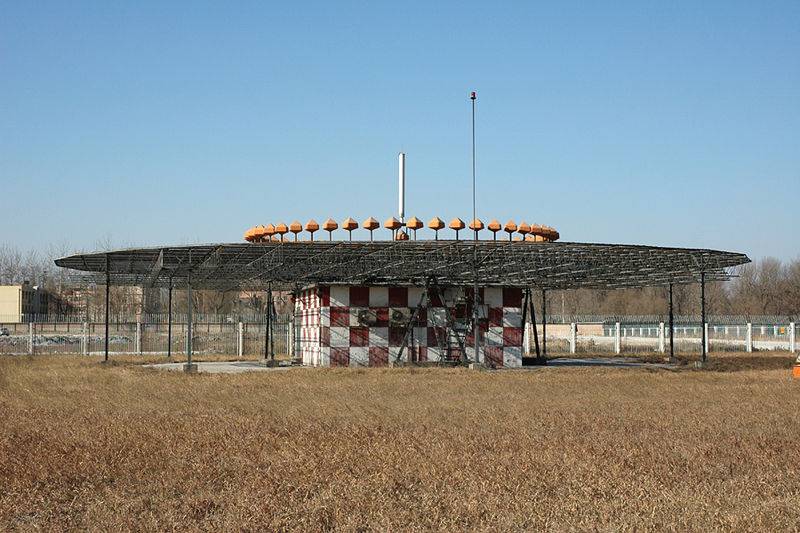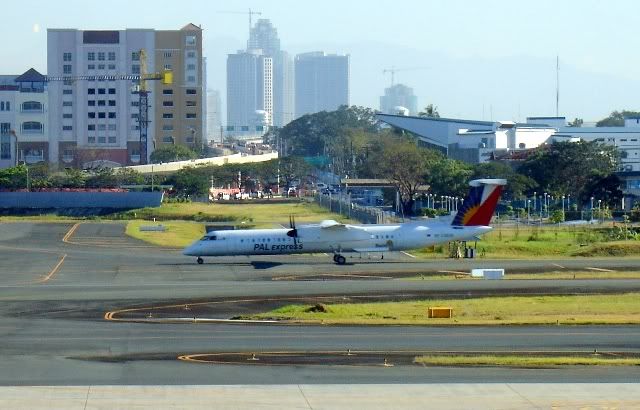
MANILA, Philippines - Malacañang is unfazed by a recent decision of a Washington-based international arbitration body, which gave German firm Fraport AG a legal victory in the dispute over the Ninoy Aquino International Airport Terminal 3 (NAIA-3).
The ruling of the International Center for Settlement of Investment Disputes (ICSID) allows Fraport AG to initiate another case against the government because it was not given a chance to review a Department of Justice (DOJ) decision on the anti-dummy case filed against the company.
Presidential spokesman Edwin Lacierda said the decision would not affect the government’s possession and operation of the NAIA-3.
Malacañang has not yet been furnished a copy of what Lacierda said appeared to be a “procedural” rather than “substantive” decision.
Lacierda emphasized that the government had earlier won its case against the Philippine International Air Terminals Co. (Piatco) before the Singapore-based International Chamber of Commerce.
“The decision in Washington… first of all, we don’t have a copy yet but our understanding (is) it was more procedural than substantive,” he said.
“So it will not affect our right of possession of NAIA 3. Remember that the Singapore decision has not been reversed. We received a legal victory in Singapore so it does not affect our right to possess and operate NAIA 3.”
Lacierda said the government would not stop the operations of NAIA 3 because of the ICSID decision.
“There’s a Singapore decision and Piatco was the complainant in that Singapore decision,” he said.
Lacierda said the government was still studying the full operations of the terminal because of problems in maintenance.
“In fact, we’re in the process of repairing some of the areas which were found to be defective so we’re working on that,” he said.
Lacierda said Transportation Secretary Jose de Jesus would have to discuss the timetable as regards NAIA 3’s full operations.
“What we have right now in the Pasay court is only the issue of fair value, of just compensation,” he said.
“That’s the only issue that we are aware of, so it does not affect our right, in fact, that’s part and parcel of expropriation.”
Sources privy to the ICSID decision said the German firm Fraport AG could be allowed to initiate another case against the government because it was not given a chance to review a Department of Justice decision on the anti-dummy case filed against the builder of NAIA 3.
“So the ICSID decision is not necessarily unfavorable to the government,” a source said.
“The ball is now in the court of Fraport. It can file another case, file the necessary fees and the government can present stronger evidence against it, that it conducted business here not in accordance with law.”
Fraport and Piatco are seeking payment of expenses incurred in the construction of NAIA Terminal 3.
The ICC decision is final and executory and should pave the way for the full operation and grant of legal right by the government to airport terminal concessionaires.
Three foreign airlines are currently building their business lounges at the international wing of Terminal 3.
Presidential Communications Secretary Ricky Carandang said the NAIA 3 case has different aspects and these were not “directly related.”
“So those are rulings on three different aspects of the case, which don’t necessarily contradict each other,” he said. “We want to see it opened this year but it’s difficult to pin down the exact dates because there are many things that need to be ironed out.
“But with the major rulings in our favor, then we can express some confidence. And again, as Secretary Lacierda said, we’re hopeful that it can be opened within this year. Whether it’s the beginning of the year, middle of the year, or end of the year is difficult to say.”
The ICSID had ruled in favor of the Fraport in a case involving NAIA 3.
Sources privy to the ICSID decision said its was voided, but it was not yet known if in whole or in part since a copy was not yet available.
Then Justice Secretary Raul Gonzalez had ruled that Fraport was not covered by the anti-dummy law but this decision remained under review.
Last Aug. 16, 2007, the ICSID dismissed the claim for compensation over the NAIA 3 project, clearing the way for the eventual operation of the facility. The ICSID decided it lacked the jurisdiction to hear Fraport’s claim brought against the Philippines in 2003.
But this was annulled in a Dec. 23, 2010 decision, the sources said.
Fraport, principal investor in the Piatco consortium that built NAIA 3, went to the World Bank-ICSID to recover the $425 million that it said it had invested in the project after the Philippine government seized the terminal in December 2004 following the Supreme Court’s voiding of the Piatco contract to build and operate the terminal.
The German firm also claimed protection for its investment under a bilateral investment treaty between Germany and the Philippines.
ICSID is an arbitration body set up by the World Bank to facilitate the settlement of investment disputes among member countries.
Then Solicitor General Agnes Devanadera said the moral victory which the government won in the eyes of the world was “the bigger victory” as Fraport had made the allegation that it was the Philippine government, its institutions and officials that had committed fraud.
“But in this case, the allegations of the Philippine government were actually affirmed and upheld by the ICSID, saying that the case filed by Fraport must be dismissed because in the first place, Fraport made a lot of violations of the laws of the Philippines,” she said.








